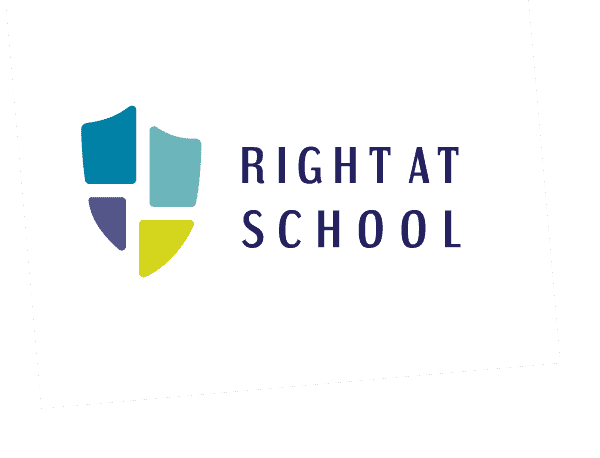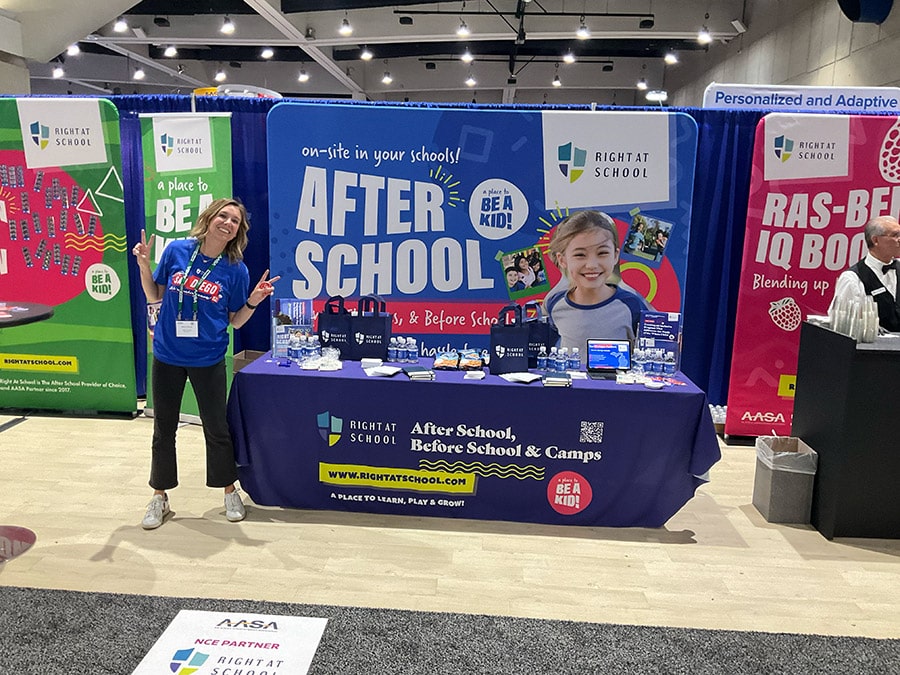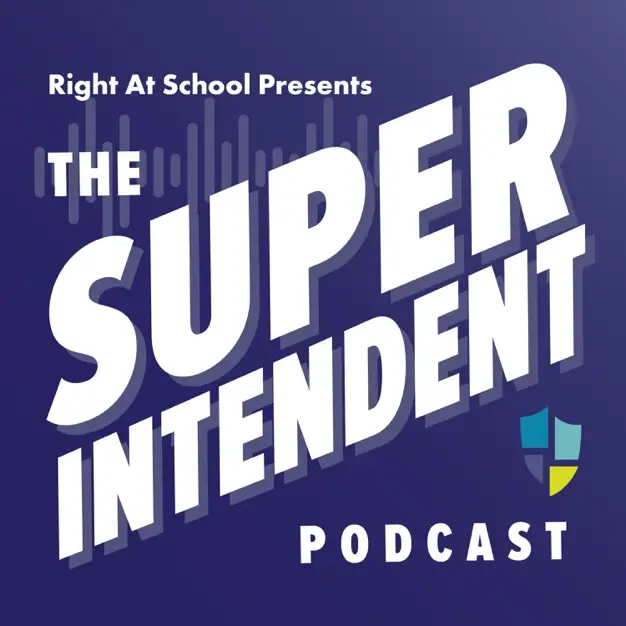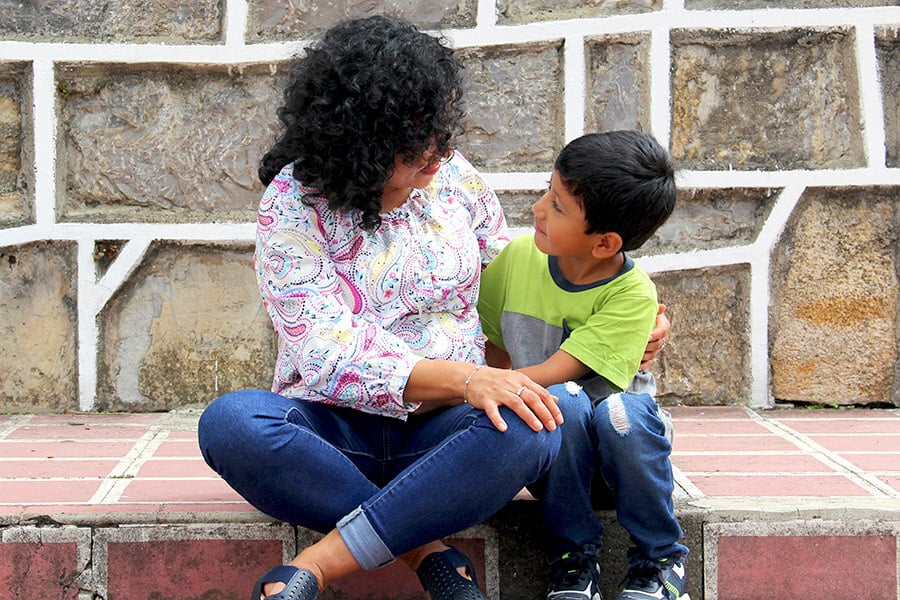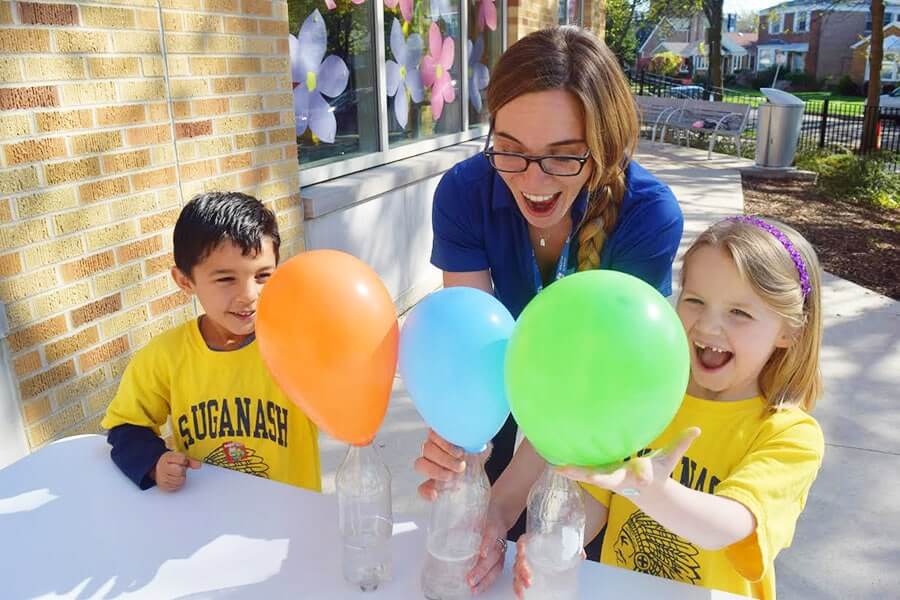A new school year means new opportunities to empower students, engage families, and build partnerships. For school and district leaders, embracing those opportunities in the 2022-23 school year requires navigating the ongoing effects of lost learning and social time for students, while dealing with staffing shortages in the classroom. Districts must leverage all available resources today, while also keeping long-term strategy in mind.
ARP Spending Delays
The balance of short-term and long-term is just one of the reasons many districts have yet to spend their American Rescue Plan funds, as the spending deadline looms. In fact, the AASA and more than 700 superintendents from across the country recently requested additional guidance for requesting extensions to the ARP spending deadline, in a letter sent to the US Department of Education in late August. The letter gave multiple reasons why the spending was going slower than expected, which included staffing shortages, unforeseen costs to projects in progress, and the need to ensure services could be in place for multiple years. The letter also cited the “staggering social emotional and mental health needs of our students” in emphasizing the need for additional time.
The letter was a clear example of the increased pressure districts face in making major funding decisions, while the challenges they face continue to evolve.
Enrichment is a Core Component of a Holistic System
All students need a system of support for their physical, mental, social, and academic wellbeing. But schools cannot provide all of that support within the traditional school day, and they cannot do it alone. District leaders who recognize this are using ARP funding to expand whole child supports, including before school, after school, and summer enrichment programs.
The impact of enrichment programs for students is significant. Research shows that children who participate in high-quality before and after school enrichment programs see increases in academic performance, class participation, and homework completion. Enrichment programs have also been shown to help students build confidence, have a more positive attitude about school, and positively impact school attendance. As districts continue to address lost learning time, as well as the social and emotional impacts of COVID-19 on students, enrichment programs can be a powerful resource. When districts integrate enrichment programs as part of a holistic approach, schools can become dynamic learning hubs that allow students to thrive inside and outside the classroom.
The importance of enrichment programs was further emphasized this summer, with the launch of the National Partnership for Student Success and the Engage Every Student Initiative. The President encouraged states to use ARP funds to support after school and summer enrichment programs, noting that high quality programs “are associated with academic gains of roughly the equivalent of four months of learning,” and “include a concrete focus on skill development, including personal and social skills, and provide opportunities for students to practice new skills.”

Building Partnerships to Increase Access and Ensure Sustainability
Every child should have access to high-quality enrichment and childcare programs, and ARP/ESSER III funding can be used to build a foundation of equitable access by:
- Fully funding enrichment program enrollments for lower-income and at-risk students
- Fully funding a district-paid program for all students
- Partially funding enrollments for all students who participate
Funds can also be used to pay for additional after school services such as extra-curricular activities as well as provide transportation to and from programs.
But if before and after school enrichment programs are viewed as an add-on or a commodity, when the funding goes away, the programs will as well. In order to ensure sustainability and continued access, districts should be embedding enrichment in their strategic plans. Districts also need capacity-building partners who can align to district goals, adapt programs to meet evolving needs, and provide flexible funding models to ensure sustainability.
Right At School has been partnering with districts across the country for more than a decade now, building programs and relationships that connect school, home, and community. Our experience in district-paid, parent-paid, and state-subsidized access means districts can use ARP funding to bring Right At School programs to their schools, and we will work with you to design a funding model that will work for your schools and families in the long-term as well.
